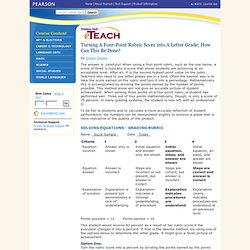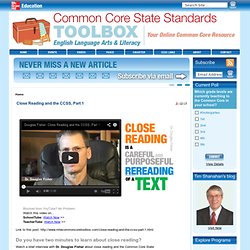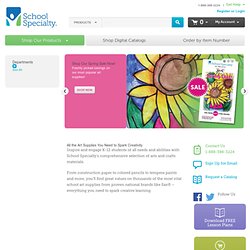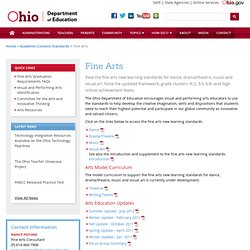

Videos Archive. Pearson Prentice Hall: eTeach: Turning A Four-Point Rubric Score into A Letter Grade. By Eileen Depka The answer is…carefully!

When using a four-point rubric, such as the one below, a score of three is typically a score that shows students are achieving at an acceptable level. After all, it is the second highest point value on the rubric. Teachers who need to use letter grades are in a bind. Often the easiest way is to take the score earned on the rubric and turn it into a percentage. To be fair to students and to calculate a more accurate reflection of student performance, the numbers can be manipulated slightly to achieve a grade that is more indicative of the quality of the product. Name Suzie Sample Date Today Points possible = 12 Points earned = 10. The Rubric Converter. What are rubrics?

Rubrics are great tools to help assess student learning. Teachers everywhere are using rubrics to guide teaching and learning. Yet even the most experienced teachers commonly misinterpret rubric scores! Unknowingly, they are short-changing their students. So, are you using rubrics properly? Go to Rubric Converter Now Rubrics are organized according to performance levels and assessment criteria. How do rubric scores relate to percent grades? Let's take a rubric with four levels and four criteria as an example. Likewise, if a student's performance is at the top level (in this case, Level 4), that means the student has met or exceeded expectations in an exceptional way. How do teachers make a simple error when converting to percent grades? The problem is that a huge number of teachers are misusing and misinterpreting rubric scores. Consider the following example of a rubric that has been scored improperly.
The Wrong Way Does this look familiar? Think about it. The Right Way. Close Reading and the CCSS, Part 1 - Common Core State Standards TOOLBOX. Blocked from YouTube?

No Problem. Watch this video on... SchoolTube: Watch Now >>TeacherTube: Watch Now >> Link to this post: Do you have two minutes to learn about close reading? Watch a brief interview with Dr. Transcript How would you describe close reading? Dr. Visual Art SLOs. Michaels - Where Creativity Happens. - SAX ARTS & CRAFTS. Departments Close See All Shop Our Spring Sale Now!

Freshly picked savings on our most popular art supplies! Shop Now A child's attitude toward everything is an artist's attitude. All the Art Supplies You Need to Spark Creativity Inspire and engage K-12 students of all needs and abilities with School Specialty's comprehensive selection of arts and crafts materials. From construction paper to colored pencils to tempera paints and more, you'll find great values on thousands of the most vital school art supplies from proven national brands like Sax® – everything you need to spark creative learning. Contact Us 1-888-388-3224 Sign Up for Email Request a Catalog. OAEA. Fine Arts. View the fine arts new learning standards for dance, drama/theatre, music and visual art.

Note the updated framework, grade clusters--K-2, 3-5, 6-8--and high school achievement levels. The Ohio Department of Education encourages visual and performing arts educators to use the standards to help develop the creative imagination, skills and dispositions that students need to reach their highest potential and participate in our global community as innovative and valued citizens. Click on the links below to access the fine arts new learning standards. Arts Model Curriculum The model curriculum to support the fine arts new learning standards for dance, drama/theatre, music and visual art is currently under development.
Arts Education Updates. National Art Education Association.